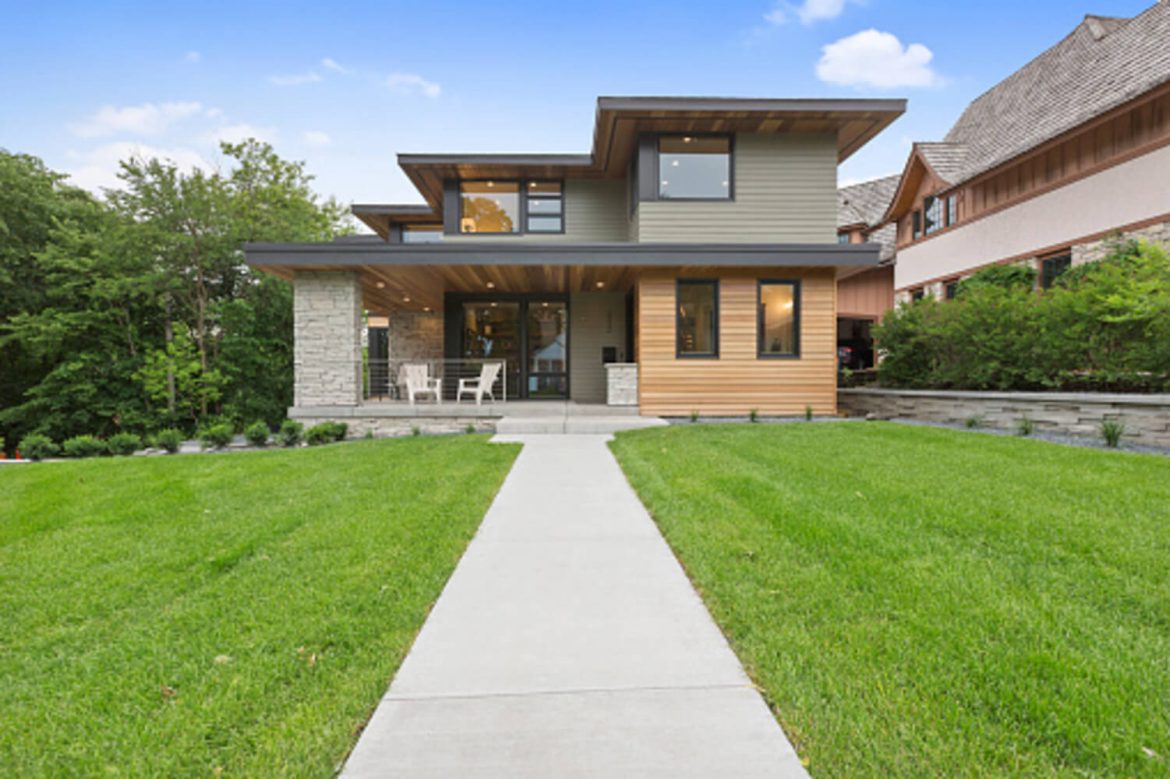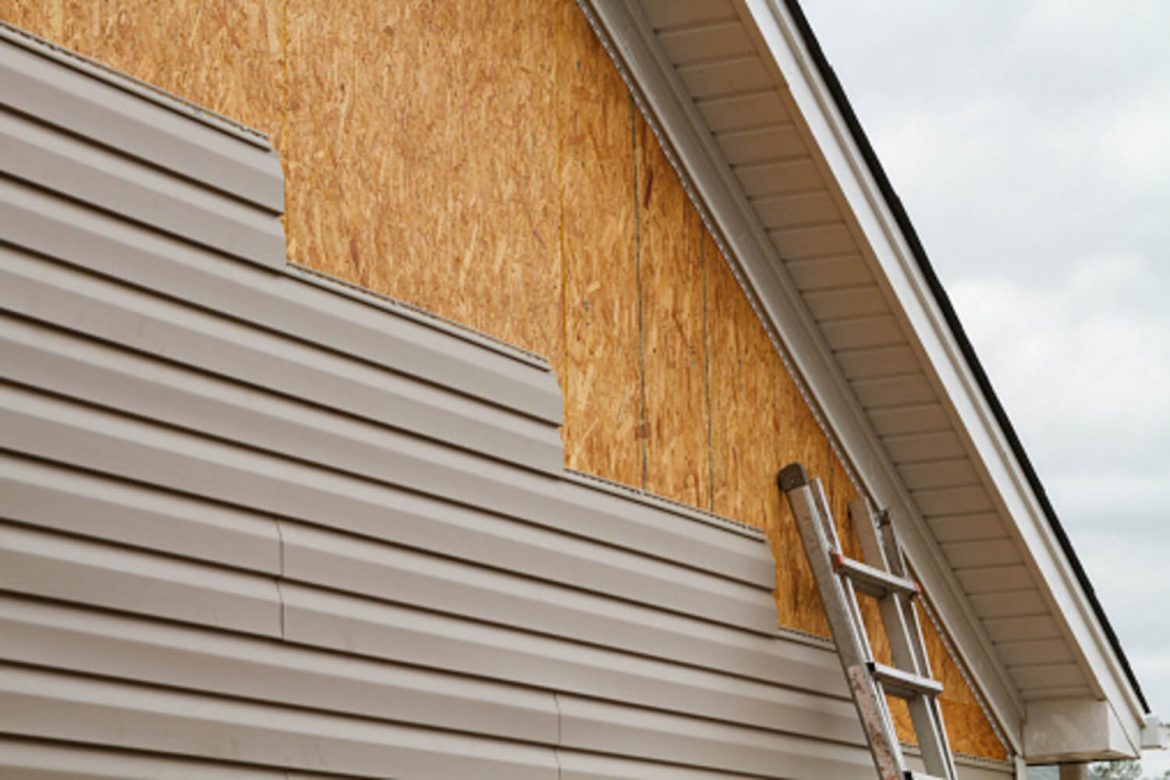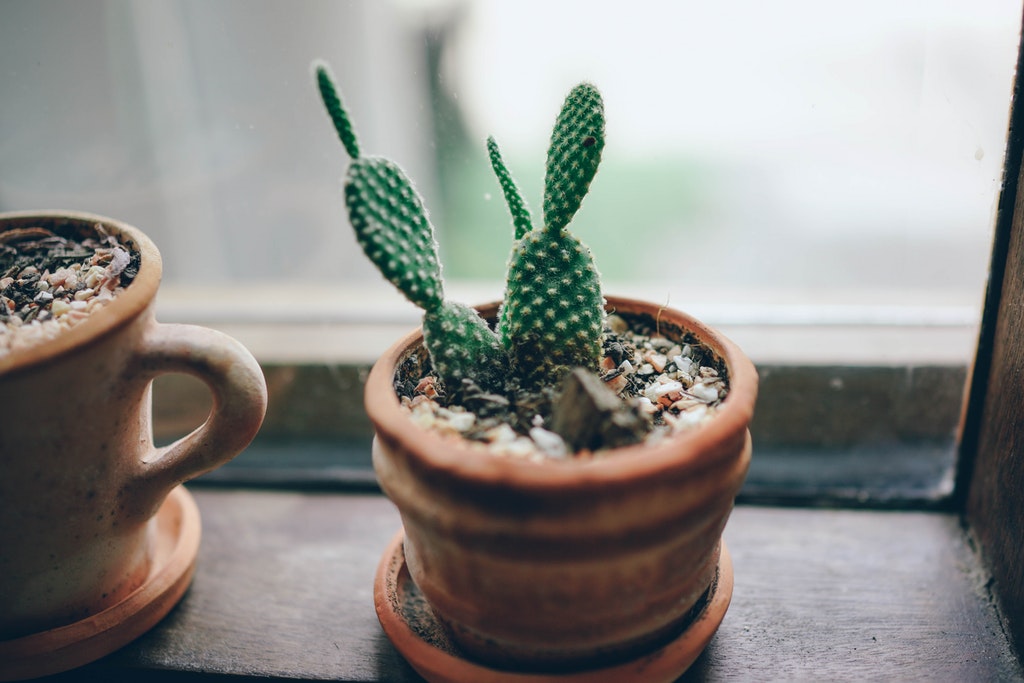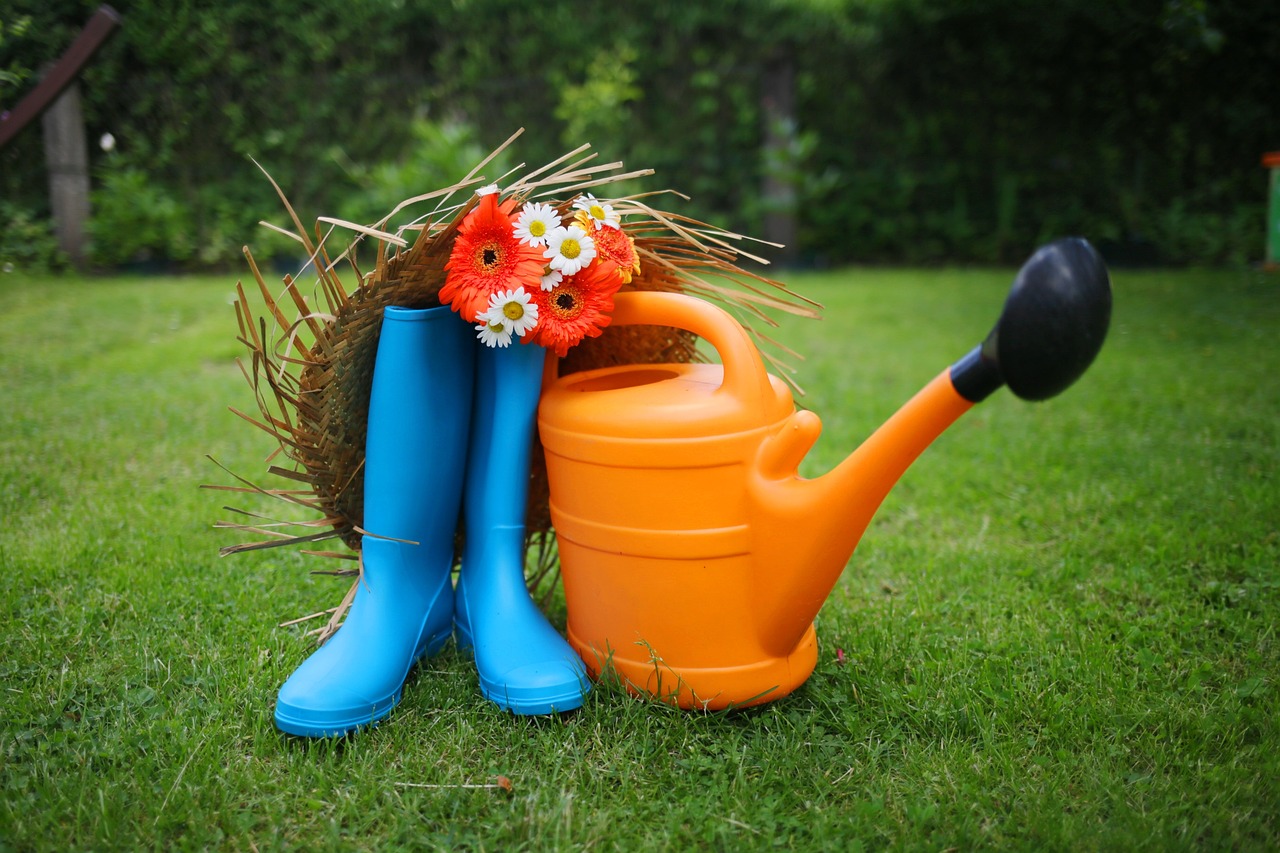When someone mentions home remodeling, many people get excited while the rest? Not so much. Understandable since making changes to your home can be challenging.
Six Questions to Ask Before Hiring a Siding Installation Contractor
Siding is a feature of your home that can’t be ignored. It protects your interior structure from the elements, enhances curb appeal, and increases the value of your house. The benefits are clear, but this doesn’t mean you should just blindly venture into this investment. When it comes to siding installation, a good contractor is vital for a long-lasting product. And to ensure that you’re hiring a reputable one, here are six questions you should never forget to ask!
1. How Long Have You Been Working in this Business?
In life, experience speaks for itself. Theory and textbook knowledge can’t compare to years of working hands-on on a project. So in siding installation, you want a contractor who knows how to get the job right without any compromises. More importantly, no one wants to be caught off guard by hidden costs or shoddy workmanship. The safest way to avoid these problems is to work with professionals who have been in the business for years. They will not only work fast but also know how to troubleshoot issues without giving you extra headaches.
2. Are You Licensed to Work in My State?
No matter how seasoned a contractor may seem, it’s useless if they’re not allowed to work in your state. A responsible contractor must comply with the requirements of the government. This shows their dedication to their craft, knowledge about building codes, and willingness to avoid any legal misunderstanding in the long run. That’s why you should always ask for proof that a company is licensed and insured so you won’t have any problem when filing a claim if anything goes wrong.
3. What Is Your Experience Regarding The Type of Siding I Want?
In the construction industry, field knowledge matters, and it’s not just about having years of working with siding installation projects on hand. It’s also about knowing how to handle different materials and situations that may arise during the process without compromising quality or safety standards. Contractors who’ve been specializing in certain materials for years know what works and what doesn’t. And if the siding requires specific techniques to install, they wouldn’t break a sweat doing it. As a result, you’ll enjoy your investment for many years.
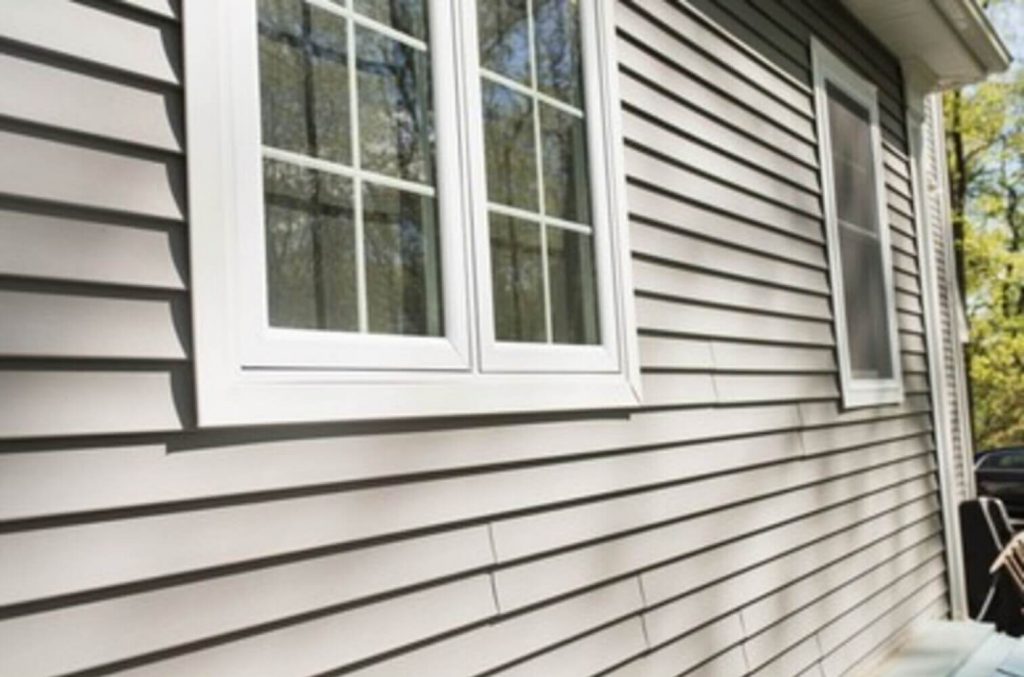
4. What Warranties Do You Offer?
In every industry, there are good companies and bad ones. Some contractors offer warranties, while others don’t have the financial resources to do so. Before hiring a siding company, you need to know what kind of warranty they provide for their workmanship. A warranty doesn’t mean that the contractor doesn’t trust the service they provide. It means they’re willing to go the length to provide their clients with peace of mind. So the longer, the better since it will give your home even more protection from defective products or poor installation methods that can compromise its durability over time.
5. Can You Provide Referrals and Reviews About Your Service?
This is another crucial question you mustn’t forget to ask. The company you’re hiring should have a good reputation and track record. If they don’t, there’s probably something fishy going on with their work ethic and quality control procedures. In addition to asking for referrals from people who have been happy with their service, you can also check past projects online, read reviews, or contact their previous customers yourself. It’s all about authenticity.
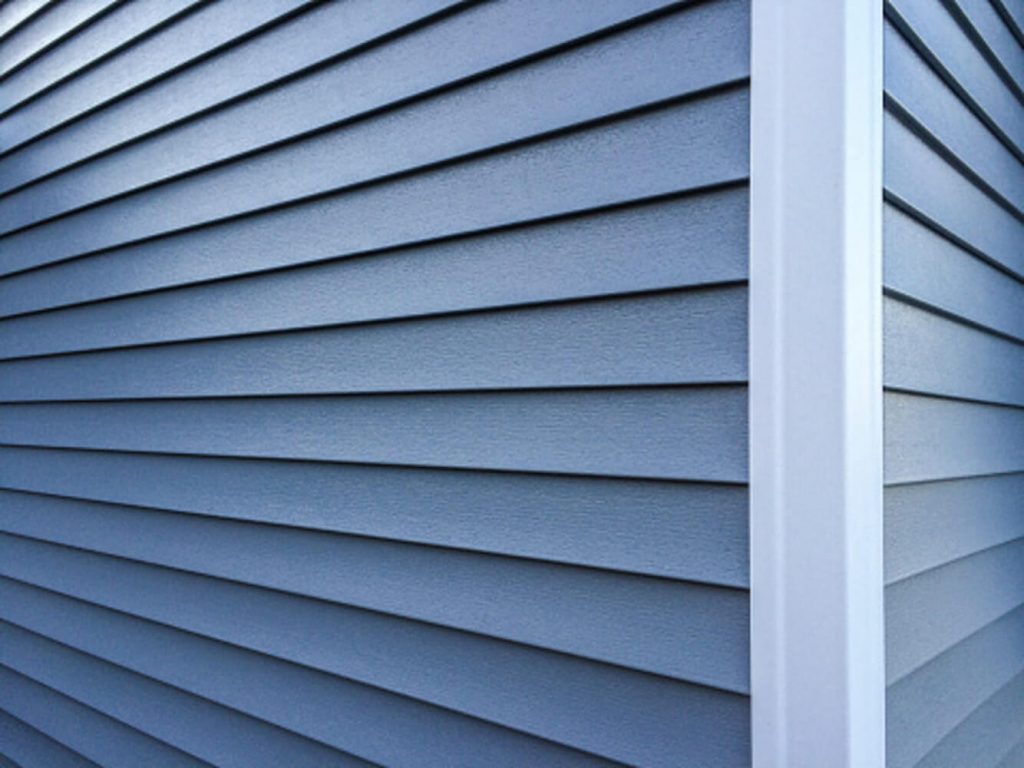
6. Do You Hire Subcontractors?
To be clear, there’s nothing illegal about hiring subcontractors. However, if a siding installation contractor plans on subcontracting work to save money, this should raise some red flags.
First off, it’s going to take longer for your project to be finished because the subcontractor might not have as much experience or knowledge as workers employed directly by the company. Also, you’ll want someone who has been working in this industry for years and can handle any unforeseen issues without compromising work quality.
Plus, there are hidden costs associated with hiring sub-contractors. You may lose out on warranty coverage if problems arise from their craft since they’re technically an outside party hired by the original business. In the end, you’ll be caught in the middle of a complex situation. To sum it up, find a company with full-time employees when hiring a professional siding installation service.
Keeping It Real
Hiring siding contractors is a more massive investment than the siding material itself. Make sure you don’t cut corners in trying to find the best one to meet your demands. Good luck!
Shade-Loving Succulents that Are Easy to Grow
Succulents are a favorite among plants to have at home. However, not all plants can grow in the shade. All plants require some sunlight to perform photosynthesis. Fortunately, these five types of succulents below can grow easily in minimal lighting.
#1 Aloe Vera
Aloe Vera is a must in your household! Aloe Vera prefers to be indoors and can be placed in shaded areas such as a bathroom or kitchen. If exposed to the direct sunlight, the leaves can be left scorched and damaged. Aloe Vera also contains medicinal qualities for bug bites, cuts, etc.
Basic maintenance entails a:
- consistent room temperature (approximately 55 to 80 degrees Fahrenheit)
- minor watering frequency (if you are a forgetful person, it’s okay!)
- nutrient-rich soil mix once in the spring and summer
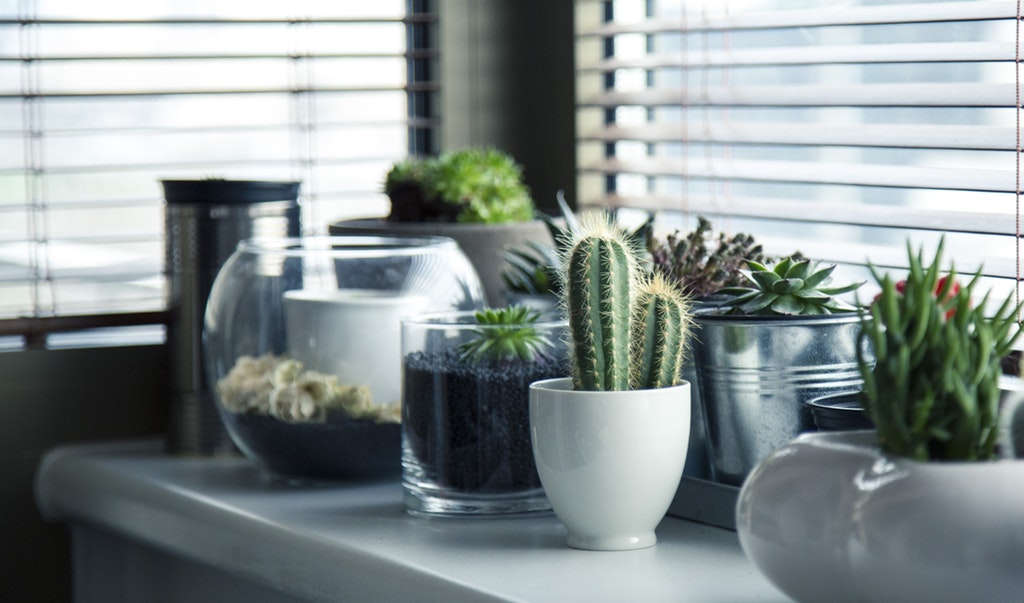
#2 Haworthia
Haworthia is an ideal succulent for you if you are low on space. This compact succulent is very easy to grow in shaded areas. Unlike Aloe Vera, Haworthia has a specific watering frequency and can be killed if watered during the wrong time of the year. Haworthia mainly grows during the winter, and the roots are lost during the summer.
Basic maintenance entails a:
- consistent room temperature
- specific watering frequency
- nutrient-rich soil mix
#3 Rhipsalis
Rhipsalis is unique and ideal for households because it has no needles. This succulent can easily grow in the shade but requires more maintenance from your side. Rhipsalis is found in high humidity areas such as a tropical rainforest. If you live in a dry area, a humidifier can provide an environment with moist air.
Basic maintenance entails a:
- consistent room temperature
- humid environment
- regular watering frequency (watered more than once a week)
- fresh potting soil transplant every two to three years
#4 Epiphyllum
The beautiful Epiphyllum is a succulent that can be easily mistaken as an orchid. Like the Rhipsalis, this succulent can easily grow in the shade but requires more maintenance from your side. Epiphyllum is found in shaded areas with a hot climate. Since it is found in a hot climate, a minimal room temperature of 65 degrees Fahrenheit is required, or this succulent can start to shrivel.
Basic maintenance entails a:
- consistent room temperature (65 degrees Fahrenheit or above)
- humid environment
- regular watering frequency
- fresh potting soil transplant every month after flowering
#5 Rosary Vine (Ceropegia woodii)
If you desire a hanging plant, the rosary vine is a must! According to this site, this succulent does not contain any needles, low maintenance, and has very attractive leaves. This plant is found in Africa and will need to be in a hot climate area.
Basic maintenance entails a:
- consistent room temperature (approximately 65 degrees Fahrenheit or above)
- minor watering frequency
- fresh potting soil transplant when root-bound

Succulents are a favorite among plants to have at home. If you desire shade loving succulents that can grow easily, these five types of succulents will be a great addition to your household.
How to Get Started with Landscaping Your Yard This Spring
After the cold winter months, there is a lot that needs to be done to rejuvenate your yard. Spring landscaping can be a fun and
Tips for Aerating and Dethatching Your Lawn | Step-by-Step Guide
Plants are more complicated than they seem, so they need plenty of care to stay in good shape. That is even true for the grass

